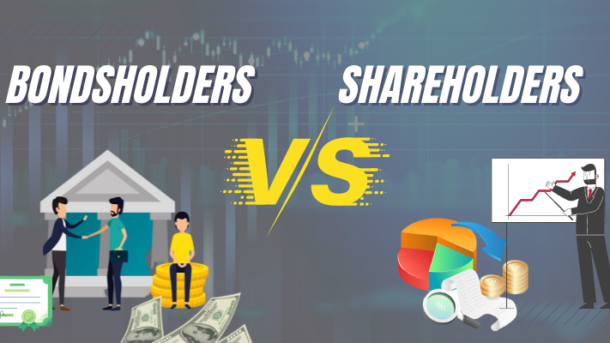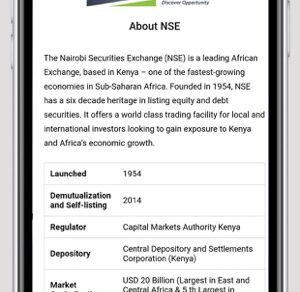Investing in financial markets offers a plethora of options, each with its unique characteristics and benefits. Two common roles that investors can assume are those of a bondholder and a shareholder.
While both positions involve financial investments, they come with distinct features that cater to different investor preferences and objectives. Let’s explore the differences between a bondholder and a shareholder to gain a clearer understanding of these roles.
Bondholder:
- Lender Only:
- A bondholder is essentially a lender to a company. By purchasing bonds, an investor lends money to the issuing entity, whether it be a government or a corporation.
- Expectation of Interest:
- The primary expectation of a bondholder is to receive a profit in the form of interest at a specified date in the future. Interest payments provide bondholders with a predictable income stream.
- Limited Participation in Management:
- Bondholders do not have voting rights or direct participation in the management of the company. Their role is primarily that of a creditor, with a focus on earning a reasonable return at a relatively lower risk.
- Risk Mitigation:
- Bondholders invest with a focus on earning a reasonable return while mitigating risk. They act as watchdogs, closely monitoring the borrower’s activities to ensure compliance with agreed-upon terms.
Shareholder:
- Lender and Owner:
- Unlike bondholders, shareholders are both lenders and owners of the company. By purchasing shares, investors become partial owners of the entity, with a vested interest in its success.
- Diverse Profit Expectations:
- Shareholders expect profits in various forms, including dividends, gains in share prices, bonuses, and opportunities to purchase additional shares at discounted rates through rights issues.
- Active Participation in Management:
- Shareholders actively participate in the company’s affairs by attending Annual General Meetings (AGMs), expressing opinions, and voting on critical matters. They play a role in influencing the company’s direction.
- Embracing Risk:
- Shareholders accept a higher level of risk as part of their investment strategy. They are more directly affected by market fluctuations and the company’s performance, embracing risk in pursuit of potentially higher returns.
- Active Watchdog and Influencer:
- Shareholders act as watchdogs, monitoring both management and company activities. Their active involvement can influence the company’s performance and strategic decisions.
Can One Be Both a Bondholder and a Shareholder?
Yes, an investor can hold both bonds and shares simultaneously. This strategy, known as a diversified investment portfolio, allows individuals to strike a balance between the relatively stable returns of bonds and the growth potential and ownership perks associated with shares. By diversifying across these two investment types, investors aim to create a well-rounded portfolio that aligns with their risk tolerance and financial goals.
In conclusion, understanding the distinctions between bondholders and shareholders is crucial for investors looking to navigate the complexities of the financial markets. Each role comes with its own set of benefits and considerations, and the decision to be a bondholder, a shareholder, or both depends on an individual’s investment objectives, risk appetite, and overall financial strategy.




